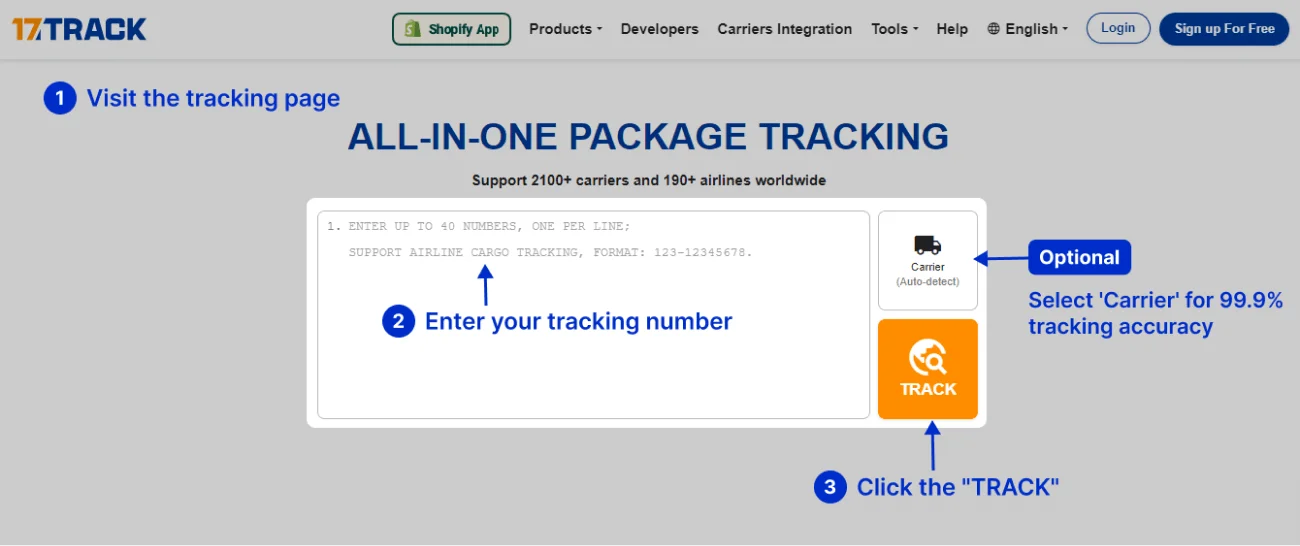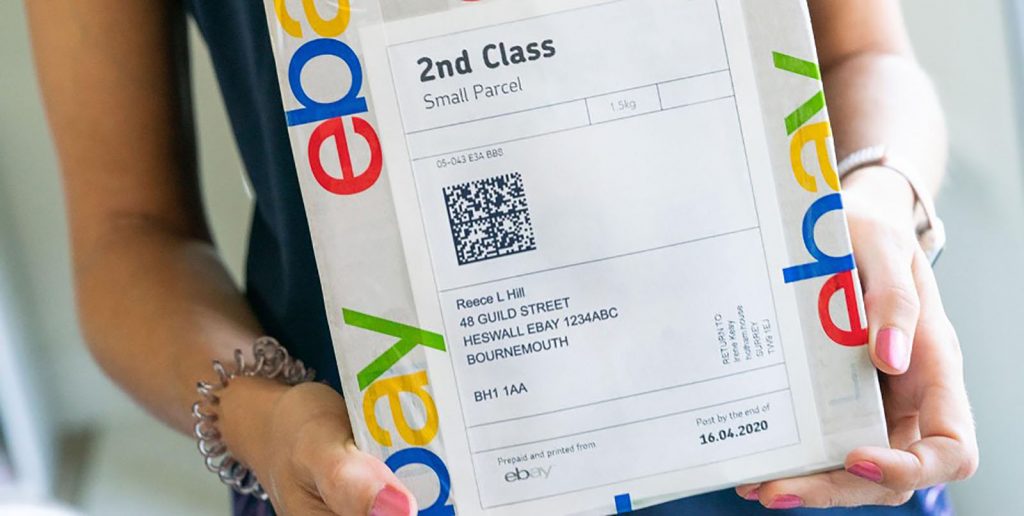Decoding Your Chinese Tracking Number: A Comprehensive Guide to Global Logistics
In today's interconnected world, online shopping has become a ubiquitous part of our lives. A significant portion of these online purchases originates from China, a global hub for manufacturing and e-commerce. Once you've clicked that "buy" button, the anticipation begins, and the key to following your purchase's journey lies in your Chinese tracking number. This seemingly simple sequence of letters and digits holds a wealth of information, acting as your digital passport for your package's voyage across borders. Understanding the intricacies of this tracking number is crucial for a smooth and stress-free international shipping experience. This comprehensive guide will delve deep into the anatomy of Chinese tracking numbers, the various carriers involved, and provide you with the essential knowledge to effectively track your valuable goods.
Understanding the Anatomy of a Chinese Tracking Number
While the specific format can vary slightly depending on the courier, most Chinese tracking numbers adhere to a general structure. Recognizing this structure can provide you with initial clues about the origin and destination of your package. Typically, a Chinese tracking number consists of a combination of letters and numbers. Let's break down the common components:

- Prefix Letters: These are usually two capital letters at the beginning of the tracking number. These prefixes often indicate the type of service or the specific carrier handling the shipment. For example, "RA," "RB," "RC," and "RR" often signify registered airmail, while "EA," "EB," and "EC" might denote EMS (Express Mail Service). Understanding these prefixes can give you an immediate indication of the shipping speed and handling priority.
- Numerical Digits: Following the prefix letters, you'll typically find a sequence of nine numerical digits. These digits are unique to your specific package and act as its identification within the carrier's system.
- Suffix Letters: The tracking number usually concludes with two capital letters. These suffix letters often indicate the country of origin. For shipments originating from China, you'll commonly see "CN" as the suffix. However, it's important to note that sometimes, especially with intermediary carriers, this suffix might reflect a different transit country.
It's crucial to understand that not all Chinese tracking numbers will strictly adhere to this exact format. Some specialized logistics companies or smaller carriers might employ slightly different structures. However, the presence of a combination of letters and numbers is a consistent characteristic.
Common Carriers and Their Tracking Number Formats
Numerous postal and courier services handle shipments originating from China. Familiarizing yourself with some of the most common carriers and their typical tracking number formats will significantly aid in your tracking efforts:

- China Post (中国邮政): This is the national postal service of China and handles a vast majority of international shipments, especially standard and registered mail.
- China Post Registered Air Mail: Typically starts with "R" followed by another letter (e.g., RA, RB, RC) and nine digits, ending with "CN" (e.g., RA123456789CN). This service provides basic tracking information.
- China Post Ordinary Small Packet Plus: These tracking numbers often start with a "U" followed by nine digits and end with "CN" (e.g., UD123456789CN) or may consist entirely of numerical digits. Tracking for this service is usually limited to within China.
- China Post EMS (Express Mail Service): Usually begins with "E" followed by another letter (e.g., EA, EB, EC) and nine digits, ending with "CN" (e.g., EA123456789CN). EMS offers faster delivery and more comprehensive tracking.

How to Effectively Track Your Package with a Chinese Tracking Number
Once you have your Chinese tracking number, the next step is to utilize it to monitor your package's journey. Here's a breakdown of the most effective methods:
- The Seller's Website or Platform: Often, the online marketplace or the seller's website will provide built-in tracking functionality. This is usually the first and most convenient place to check for updates. Look for an "Order Details" or "Tracking Information" section associated with your purchase.
- Official Carrier Websites: If you recognize the carrier based on the tracking number format (as discussed above), you can visit the official website of that specific carrier. Most major postal services and courier companies have dedicated tracking sections where you can enter your tracking number to get the latest updates. For example, for China Post, you would visit their official tracking portal.
- Universal Tracking Websites and Apps: Numerous third-party tracking websites and mobile applications are designed to aggregate tracking information from multiple carriers worldwide. These platforms can be incredibly useful when you're unsure of the specific carrier or when your package changes hands during its international transit. Some popular universal tracking platforms include 17Track, ParcelsApp, and Track123.
- Be Patient and Understand the Process: International shipping involves several stages, including processing in China, international transit, customs clearance in the destination country, and local delivery. Tracking updates may not be instantaneous, and there can be periods with no new information. Be patient and allow sufficient time for each stage of the journey.

Navigating Potential Issues and Delays
While tracking your package provides valuable insights, it's important to be aware of potential issues and delays that can occur during international shipping:
- Customs Clearance: Packages entering a new country are subject to customs inspection. This process can sometimes take time and may result in delays. You might be required to provide additional information or pay import duties and taxes.
- International Transit: The journey across continents involves transportation via air or sea, and unforeseen circumstances like weather conditions or logistical challenges can cause delays.
- Limited Tracking Information: For certain shipping methods, particularly unregistered mail, tracking information might be limited to within China. Once the package leaves China, updates may cease until it reaches its final destination or is delivered.
- Incorrect or Incomplete Addresses: Ensure that the shipping address you provided is accurate and complete. Errors in the address can lead to significant delays or even the return of your package.
- Public Holidays: Public holidays in China or the destination country can impact processing and delivery times.
If you encounter significant delays or have concerns about your package, it's best to first contact the seller or the shipping carrier for assistance. Provide them with your Chinese tracking number and any relevant details about your order.
Key Takeaways for Mastering Your Chinese Tracking Number
Understanding your Chinese tracking number is key to a successful international online shopping experience. Remember these crucial points:
- Familiarize yourself with the common formats of Chinese tracking numbers and the carriers associated with them.
- Utilize official carrier websites and universal tracking platforms to monitor your package's progress.
- Be patient and understand that international shipping involves multiple stages and potential delays.
- Keep your tracking number handy and use it when communicating with the seller or carrier about your shipment.
- Double-check your shipping address to avoid unnecessary complications.

By understanding the nuances of your Chinese tracking number, you empower yourself with the ability to track your purchases effectively and navigate the world of global logistics with greater confidence. Stay informed, be patient, and enjoy the arrival of your eagerly awaited goods!
Comments
Post a Comment